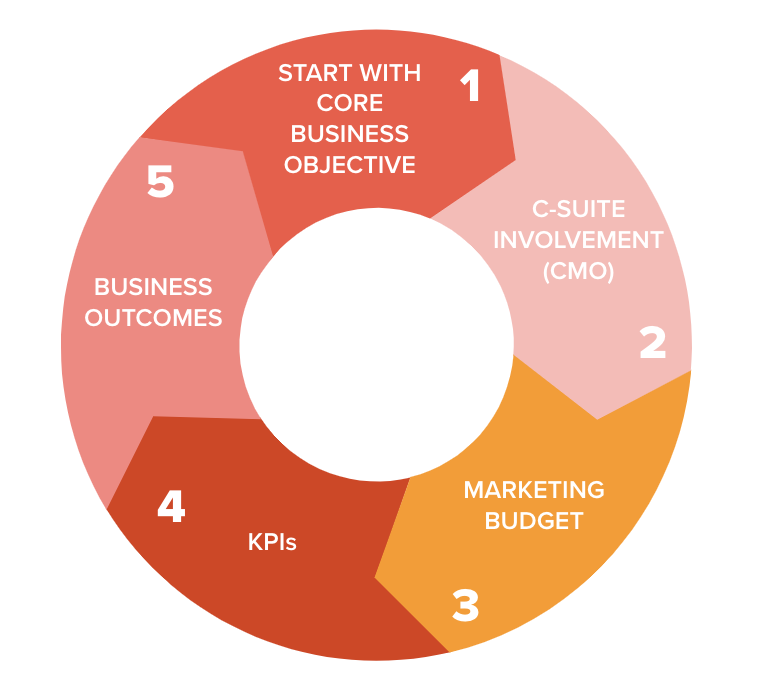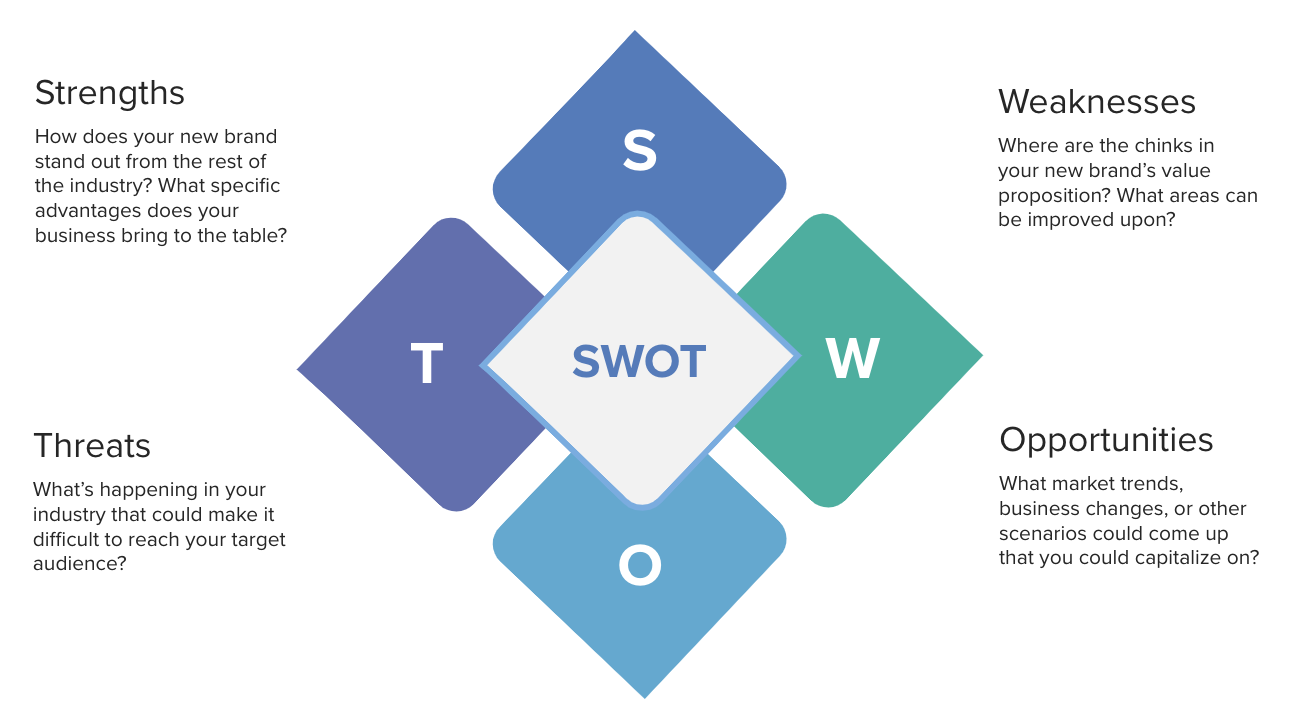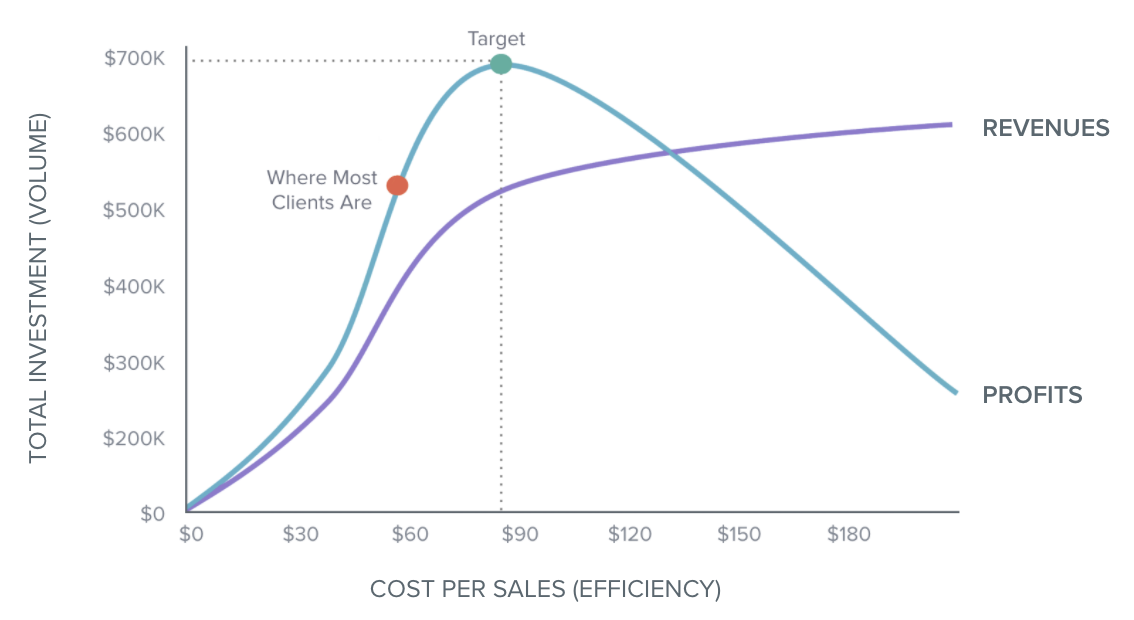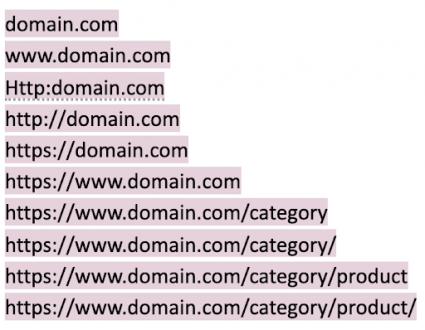You’ve put in the blood, sweat, and tears and built a brand new (pun intended) brand. So how do you make sure all that hard work pays off with a spectacular brand launch?
We’ve put together the essential step-by-step brand launch guide to make sure your launch builds buzz, generates and captures demand, and drives loyalty from day one.
Step 1: Get your entire brand launch team on board with your Core Business Objective
Before you can successfully launch your brand, you need to make sure your entire team is working toward the same goals. A company business objective (CBO) is a time-bound goal that companies measure their success against—and getting company-wide alignment on the CBO is a critical first step for success.
Almost all CBOs can be grouped into four categories:
- Brand Equity
- Brand awareness & recall
- Brand consideration & favorability
- Brand purchase intent
- Market Share
- Number of customers acquired/retained
- Percentage of target market share
- Revenue
- Revenue from different channels
- New vs. existing customer revenue
- Profit
- Profit from different channels
- New vs. existing customer profit
- Lifetime value (LTV)
Take some time to review your overarching business objective with all members of the launch team, and make sure they are aligned with the goals set by the executive team.

Whether you’re trying to drive brand awareness, acquire new customers, increase revenue, or drive profit, having a clear-cut company business objective in place will help guide all future marketing efforts and spend.
Step 2: Refine your brand launch strategy with market research
Performing a SWOT (Strengths, Weaknesses, Opportunities, Threats) analysis can help you get a better sense of what lies ahead once your brand launches. Outline the strengths and weaknesses of your business, any foreseeable opportunities that could crop up, and current threats that could negatively impact the launch.
Ask the following questions as part of your SWOT analysis to bolster your brand launch strategy:

You should also prepare for launch by performing a competitor analysis. Whether you’re introducing a new brand to the market or launching a new product, a competitor audit will show you what’s working for your competitors and what’s not.
Determine who your direct competitors are and explore how they’re speaking to their target markets: What channels have they invested in? How are they faring against other competition in the space?
Here is a non-exhaustive list of great tools you can use to perform this analysis:
- Similarweb: Get insights into direct competitors within specific verticals or industries, compare how your business measures up, and learn how to grow and track your digital market share.
- Moat: Tap into archived ads from top brands that fall under the Google umbrella.
- Facebook Ads Library: View live ads from any competitor that is currently running Facebook ads.
- Google Audience Insights: Reach out to your Google rep for an in-depth report on Audience Insights.
- Google Search Volume & CPC Index: Reach out to your Google rep for an in-depth report on search volume and CPC index.
- Google Trends: Find trends and forecasts on popular search terms and topics and compare competitors’ search volume.
- eMarketer: Get access to insights and trends related to digital marketing, media, and commerce.
Step 3: Make a plan for your marketing investment
Validating and agreeing on an initial investment plan is critical to help alleviate surprises down the road when it comes to media spend. Your team needs to understand and agree on the allocation of budget across the new product or brand launch phase.
When it comes to your media mix, make sure you’re finding the right balance between diversifying your touchpoints across channels and spreading your budget so thin that you’re not investing enough in each channel to make an impact. Define what success will look like for your launch: are you prioritizing volume or efficiency?
Having a candid conversation about the tradeoff between total investment (volume) and cost per sales (efficiency) can go a long way. Pushing more volume means it will take more time for your brand to learn how to be efficient. Find the right target for your profits that balances volume and efficiency to help you determine what KPIs (key performance indicators) matter most and set your goals.

Once your KPIs (key performance indicators) and goals are finalized, you should make sure to prepare to keep your digital investment dynamic. Set acceptable goal KPI ranges for the different tactics and campaigns you’re planning on deploying. If a specific tactic, channel, or campaign is performing exceptionally well, you might consider reallocating more funds to follow the demand.
Step 4: Build a website that is optimized for both search and customer experience
Your website needs to be built around continuously updated, results-driven content that nurtures users down the funnel. Bringing on SEO and content experts early can save you a lot of headaches later down the line.
A few key areas to watch out for when launching are below:
- Site Migration:
- If your brand has to go through a migration, making sure redirects are set up ahead of time. Redirects are critical for keeping all the historical equity your brand has built up throughout time. The goal is to continue to rank for all of the keywords you’ve previously ranked for, ensuring that organic traffic doesn’t decline. To do this, the developer and the SEO expert (or the person who is actually implementing the changes) need to be communicating and collaborating so nothing gets left behind or missed.
- Approximately 80% of the work of a migration is URL redirects. With just about any site migration, you will likely experience some loss of traffic. On average, companies experience a 15% initial decrease due to the inevitable loss of some keywords as Google recrawls and assesses your new pages. Recovery can take anywhere from one month to a couple of years.
- Think about a site migration as an actual move: it’s essential to inform everyone when you’re moving to a new house or apartment (relatives, friends, the post office, the DMV). If you don’t, people might eventually find out on their own, but that’ll take time—time you can’t afford to lose. Also, you may never get that long-awaited Christmas present from your great Aunt Margaret.
- URL Structure:
- While working on a site migration or developing a new site, it’s important to have complete alignment on a URL structure. Fixing your URL structure later down the line can be very difficult, so getting it right the first time around will save everyone a lot of work. Confirm HTTPS certification and make sure all paid ads have been updated with the new URLs. Verify that all of the different versions of your URL work to make sure that traffic going directly to the site will land at the right spot.
- A few examples include:

- Tagging for Paid Media:
- If you are invested or plan to invest in paid media, tagging your website is a critical part of ad optimization. Tagging is essential to building remarketing audiences and other similar audiences based on website visits and purchases.
- The conversion tracking tag, which is arguably more important than the remarketing tag, tracks conversions and revenue. It also allows for audience creation around your most valuable customers: those who’ve made a purchase. Without it, you won’t be able to report on conversions and revenue on your paid platforms. Tagging your site will ensure that you can build up your audiences and stay top of mind with site visitors.
- Content Audit:
- When performing a content audit, evaluate all of the content on your site and take note of any content gaps. Focus on creating content that provides visitors with all of the information they need to ensure higher dwell time, lower bounce rates, and increased conversions on your web page. Analyze your content across all of the customer buying stages to make sure your users have a flawless experience.
Step 5: Launch your brand!
There is no single “right” way to launch. But, in general, there are two general strategies most successful brand launches follow.
Re-engaging with existing customers
The first emphasizes balancing demand capture and demand generation, which generally means your primary method of growing your brand is through retaining interest. You’re still bringing new people to the site (demand generation), but you’re also making sure they don’t leave without taking some kind of action that will help you stay in contact and build a relationship with that customer (demand capture).
Customer relationship management should be central to your brand’s strategy and much of your marketing will focus on increasing customer lifetime value. On the paid side, run branded campaigns to make sure competitors are not conquesting on your branded terms or remarketing campaigns to target known customers.
You’ll also need to prioritize and invest more heavily in the customer experience on your site to succeed. Test and retest your website to make sure everything is running smoothly. Nothing is more likely to turn customers off than a slow or broken site. Strong brand voice and design guidelines will also help you keep customer experience consistent across campaigns and channels.
Follow guidelines from Google My Business (GMB), Yelp, and other social media platforms on reputation management and soliciting reviews from customers. Be available and engaged with your community on social media channels by replying to comments and answering direct messages in a timely fashion.
Identify potential partnerships with sites and influencers your customers’ trust, and consider investing in commission-based affiliate partnerships to drive purchases and influencer partnerships to build more connections with your community of customers.
Attracting new customers
The second approach is much more focused on expanding your customer base, which means your marketing investment will be geared to prospecting. The basic idea is that your brand will not grow without continual efforts to get your name in front of new eyeballs, so that needs to be your first priority.
Investment in key tactics that are more upper-funnel can guarantee that your prospecting efforts are set up for success. Here are a few examples:
- Paid Media
- Prospecting, non-brand, display, discovery, and YouTube campaigns are great ways to reach new potential customers with your product.
- Competitor campaigns can be set up to acquire new customers that are in the market for products like yours but are searching for products offered by your competitors.
- Programmatic campaigns have a far-reaching ability. They follow potential users around to keep your brand top of mind. Note: Make sure there is sufficient investment here or campaigns will fall flat.
- Earned Social
- Giveaways or competitions that incentivize your current followers to tag friends or win prizes can garner new followers for your brand.
- Affiliate Marketing
- Launch content partnerships with affiliate partners to get your brand’s name on wide-reaching, well-known sites.
- Influencer Marketing
- Micro-influencers are influencers who have a smaller amount of followers but a more dedicated and engaged group. Micro-influencers also cost less and will commonly work for an exchange of products in exchange for content.
- Macro-influencers are influencers who have a larger amount of followers. Macro influencers cost more on average but have a larger following they can market your brand to.
Launching a new brand is daunting, but you have everything you need to build a strong brand launch strategy that will crush the competition and make a splash in the market.







Responses